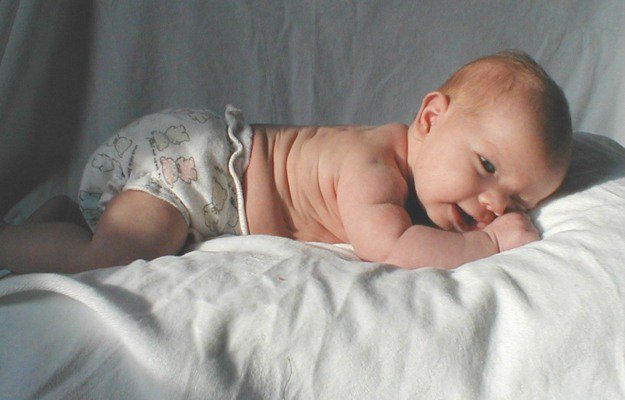What’s that soft spot on my baby’s head? You may have noticed a few spots in your baby’s head which are soft to the touch unlike the surface of the skull you otherwise feel. These soft spots are known as fontanelles (or fontanels), and they are present in every infant child.
Fontanelles present in the baby’s head are there for a reason: they allow for the expansion of the head when the brain begins to grow in size as the rigid structure of the skull won’t be able to handle that. The bones in the skull are not joined together when the baby is in the womb; this allows for the easy passage during childbirth.
Fontanelles are the open spaces between the five different skull bones present in a newborn. There are different types of fontanelles at different sides of the head, and each take a different span of time to eventually close up.
New parents don’t need to feel worried about the soft spots; they are protected by thick layers of tissue. But they do provide important indicators for the baby’s development and overall growth.

















































